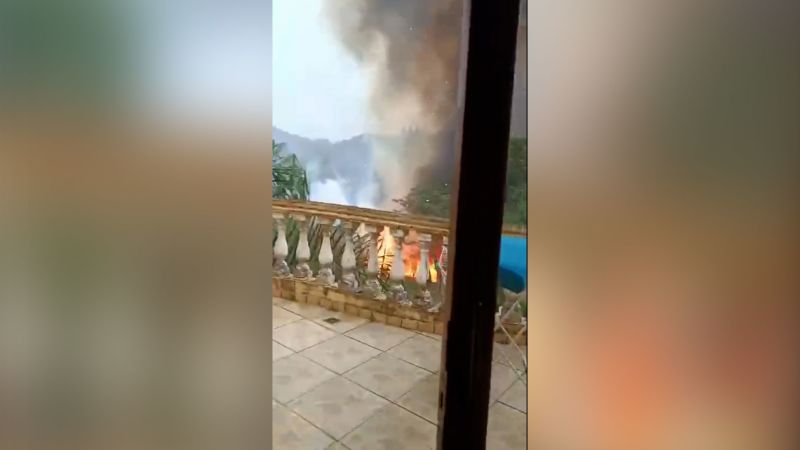
Tragedy in the Skies: 62 Passengers Killed in São Paulo Plane Crash
The recent crash of a passenger plane outside Sao Paulo, Brazil, has sent shockwaves through the aviation industry and raised crucial questions about passenger safety and emergency preparedness. The tragic incident took the lives of all 62 people on board and has prompted a detailed investigation to determine the cause of the crash.
The crash, which occurred shortly after takeoff, underscores the importance of thorough pre-flight checks and adherence to safety protocols. Aviation experts emphasize that even minor issues or oversights can have catastrophic consequences in the air. In the case of the Sao Paulo crash, the investigation is likely to focus on the plane’s maintenance records, pilot training, and any potential mechanical failures that may have contributed to the tragedy.
Emergency response procedures are another critical aspect that will be scrutinized in the aftermath of the crash. Prompt and effective response can mean the difference between life and death in such situations. In this case, first responders and emergency crews were dispatched to the crash site, but the severity of the impact made rescue efforts challenging. The incident highlights the need for continuous training and coordination among emergency services to ensure a swift and coordinated response during aviation emergencies.
Passenger safety remains the primary concern for airlines and regulatory authorities, who continuously work to enhance safety standards and protocols. The Sao Paulo crash serves as a somber reminder of the inherent risks of air travel and the importance of ongoing vigilance and adherence to safety guidelines. Aviation stakeholders must remain committed to learning from such incidents and implementing measures to prevent similar tragedies in the future.
As the investigation into the Sao Paulo plane crash unfolds, the aviation community will be closely monitoring the findings and recommendations that emerge. The ultimate goal is to prevent such accidents from happening again and to ensure the safety and well-being of all passengers and crew members on board commercial flights. The lessons learned from this tragedy will undoubtedly shape future safety protocols and procedures in the aviation industry, emphasizing the need for constant vigilance and preparedness in the face of unforeseen challenges.
